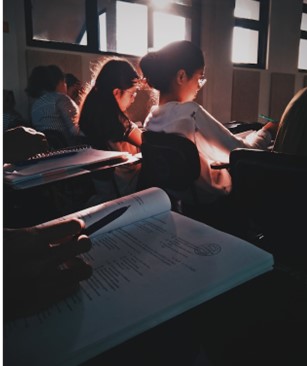
Intense emotions, both positive and negative, affect everybody from time to time. And while some say they’d rather be without them, emotions are important and opportunities to practice skills that support our personal growth and development. It’s unchecked emotions that can become destructive and debilitating.
This is where emotional intelligence (or EI) and its importance comes in. It’s not only critical for adults to possess it when approaching the explosive behavior of others, but it’s also essential for children to develop the life skills to handle these feelings healthily.
Danny Swersky says that bringing this to the classroom and developing emotional intelligence is key to unlocking resilient, empowered, and empathic young people.
Understanding EI and Resilience
EI encompasses five major areas — self-motivation, self-awareness, emotional control, relationship skills, and empathy. In other words, it’s a person’s capacity to recognize, deal with, and express feelings and their ability to interpret, understand, and respond to others’ emotions.
Essentially, it builds a solid foundation for tackling everyday life with creativity, patience, and insight, while helping navigate personal relationships with grace and empathy. As such, it’s perhaps the most important lesson children can learn.
In fact, Dr. Daniel Goleman, author of Emotional Intelligence, stated that EI is a critical factor of people’s resilience during adverse situations. During the same 2016 interview, he goes on to say that those who are self-aware, empathetic, and socially adept can survive and thrive during and after crises because they harbor the relational/social skills required to handle unfortunate circumstances. And that is resilience at its finest.
EI vs EQ
Sometimes, EI and EQ are used interchangeably, but they aren’t the same.
EI, meaning emotional intelligence is as described above. EQ, on the other hand, stands for emotional quotient, which is the level/amount of emotional intelligence a person has.
It’s people’s EQ level that determines how well they will navigate interpersonal relationships. Those with high EQs are more likely to stand the test of crises and foster healthy companionships with others.

Bringing Emotional Intelligence Development to The Classroom
Decades of research has shown that people with high emotional intelligence are more likely to succeed, and there’s an increasing body of work that suggests individuals’ EQ is more important than their IQ (Dr. Daniel Goleman’s research being one of the most famous).
And teachers can bring the emotional framework necessary to help pupils feel more secure to their classroom in a number of ways, including:
- Vocabulary for feelings — Interpersonal skills are enhanced by students widening their emotion vocabulary. To do this, teachers can encourage students to understand the subtle differences between words like sad, upset, and disappointed so they can develop strategies to handle each one.
- Metacognitive strategies — This involves developing self-awareness by asking self-reflective questions or utilizing a communication self-evaluation worksheet.
- Perspective-taking — Pupils should be encouraged to reflect others’ perspectives back to them to increase the likelihood of effective collaboration and support.










